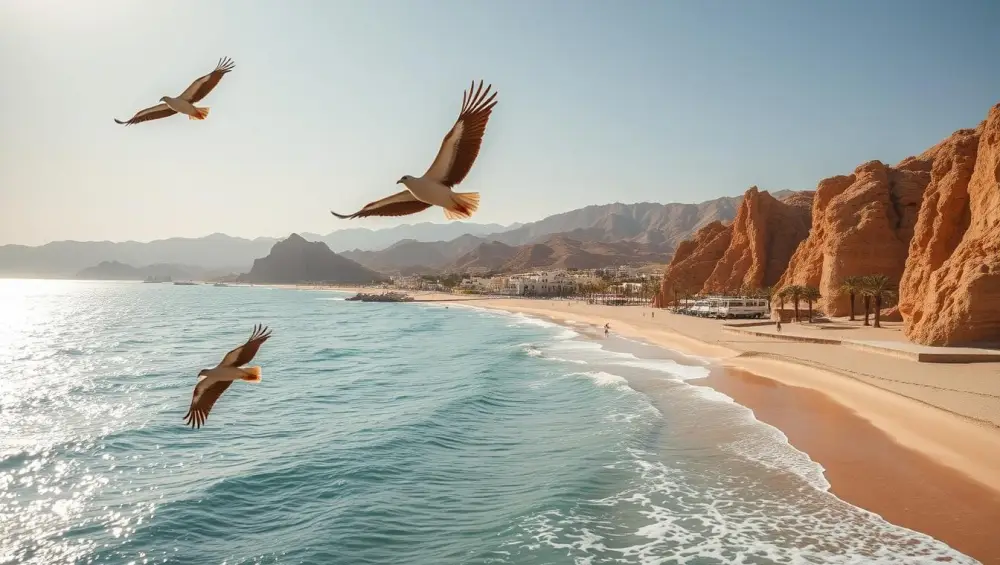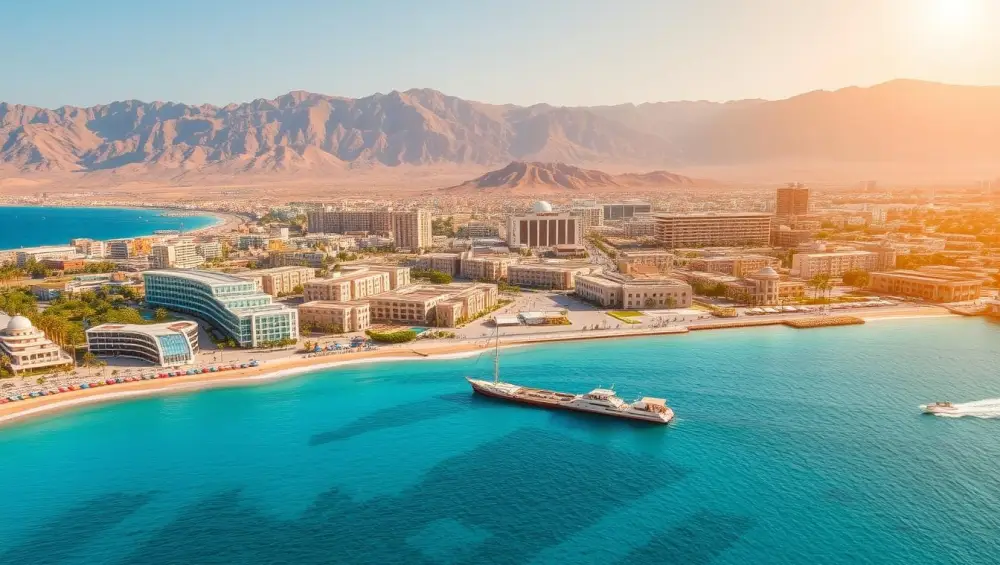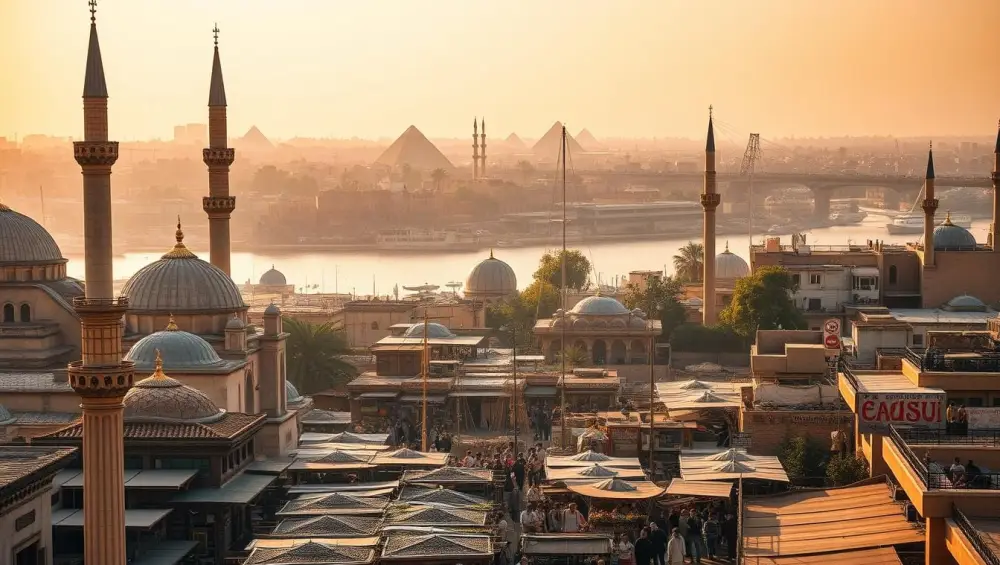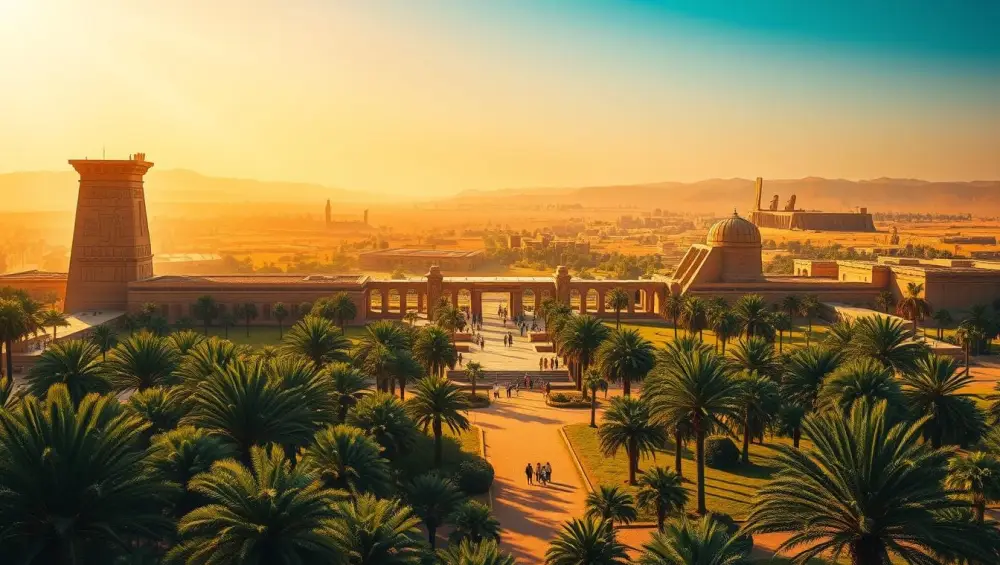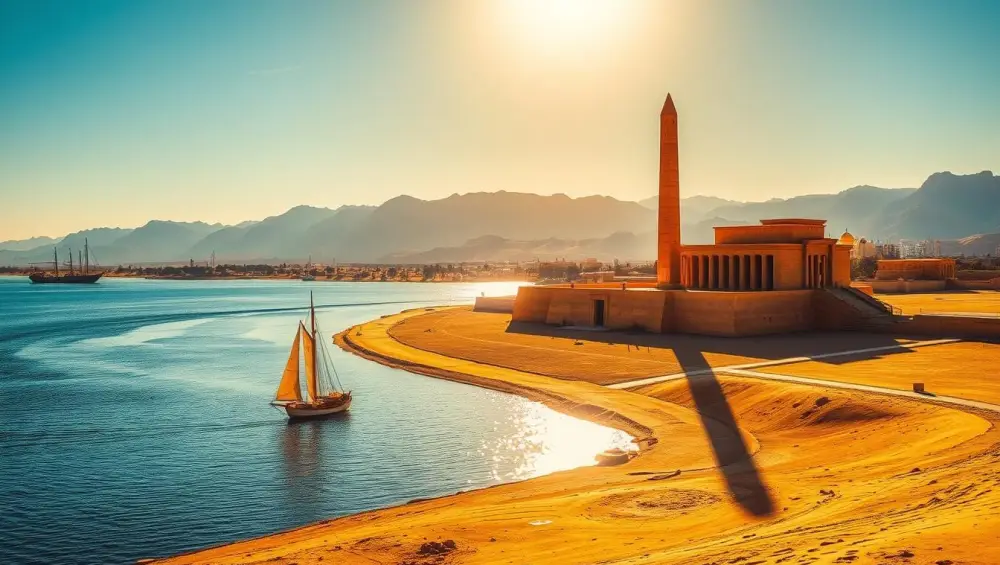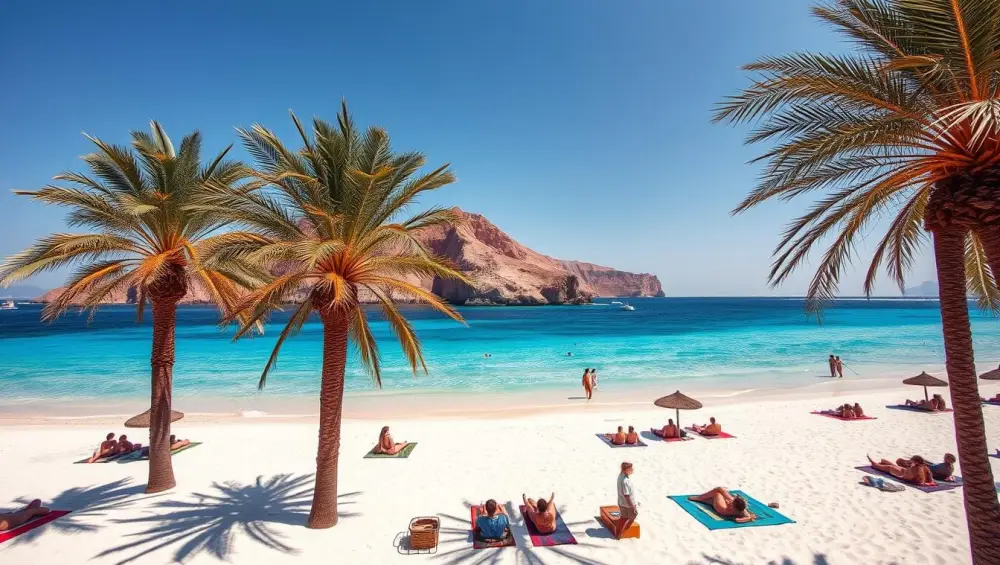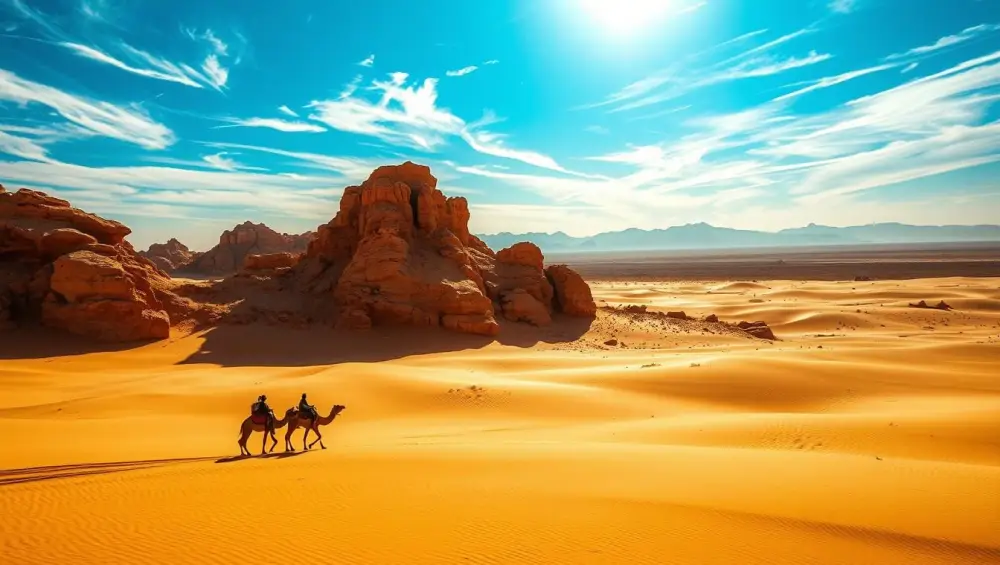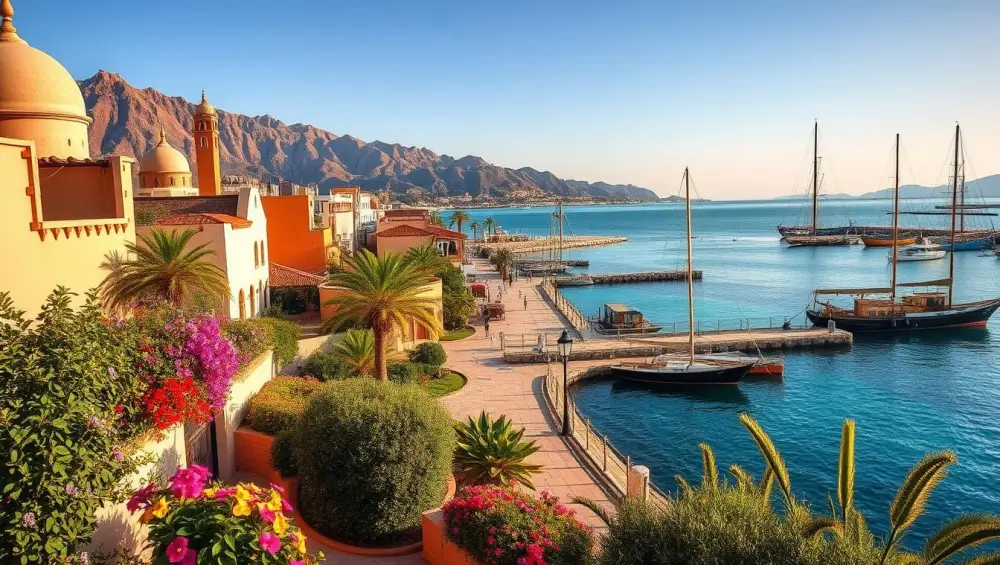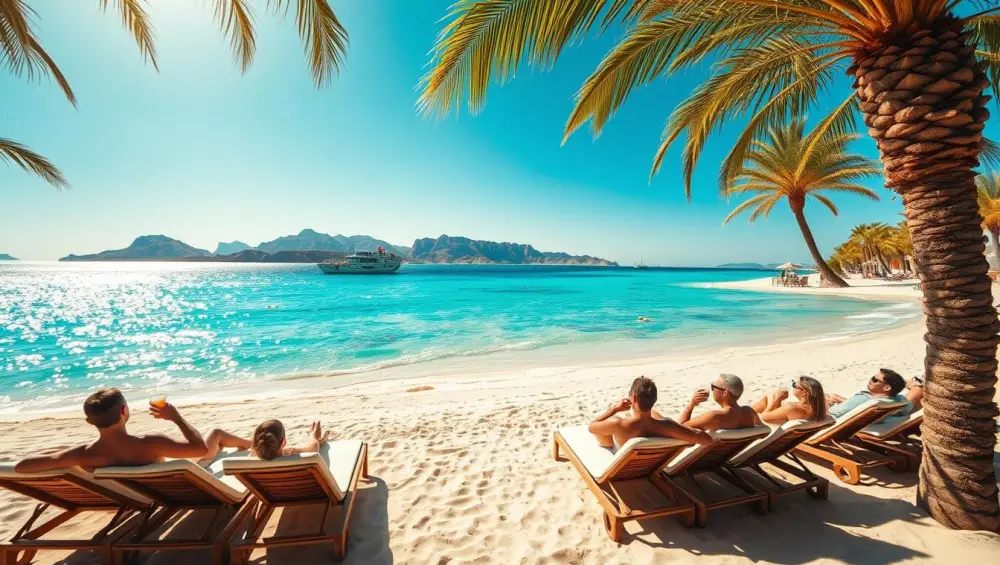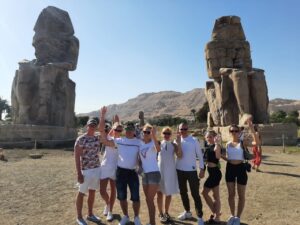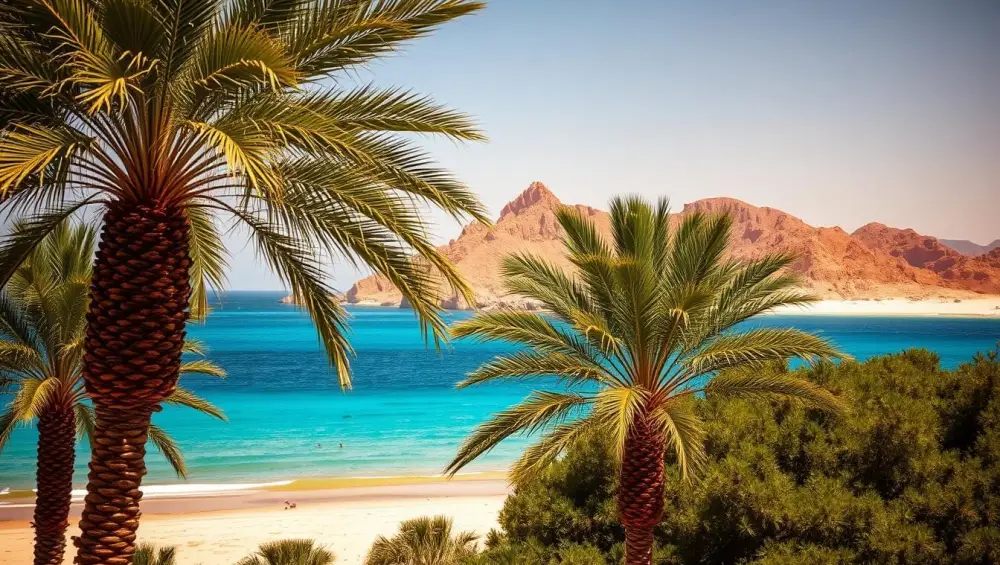
Explore Marsa Allam: Egypt’s Captivating Red Sea Oasis 2025
Marsa Allam stands as a serene Red Sea destination where Egyptian coastal paradise meets untamed natural beauty. This hidden jewel offers pristine beaches, vibrant coral reefs, and a unique desert-sea landscape that sets it apart from crowded coastal spots like Sharm El Sheikh. For travelers seeking Marsa Alam travel experiences, this region delivers a balance of adventure and tranquility. Dive sites teem with marine life, while desert trails and Wadi El Gemal National Park promise unforgettable journeys. Whether exploring underwater wonders or desert sunsets, marsa allam invites discovery beyond the typical Egyptian coastline. Discovering the Hidden Gem of Egypt’s Red Sea Coast Marsa Allam stands out as a hidden gem in Egypt, offering a Red Sea destination untouched by the mass tourism seen elsewhere. Its Marsa Allam beaches remain serene, with crystal waters and powdery sands far from overcrowded resorts. This coastal region balances development with conservation, ensuring visitors experience nature as it exists in its purest form. The Untouched Beauty of Marsa Allam Unlike bustling destinations like Sharm el-Sheikh, Marsa Allam’s untouched Red Sea destination status comes from deliberate environmental policies. Resorts here prioritize eco-friendly practices, leaving coral reefs and marine life undisturbed. Diverse landscapes—from rocky cliffs to secluded coves—make every beach a unique escape. Why Marsa Allam Remains Egypt’s Best-Kept Secret Comparing Marsa Allam to Other Egyptian Coastal Destinations While Marsa Allam vs Sharm el-Sheikh highlights quieter shores, Marsa Allam’s appeal lies in its raw authenticity. Sharm el-Sheikh offers all-inclusive resorts and party scenes, but lacks Marsa Allam’s untouched vistas. Visitors seeking fewer crowds and more interaction with unspoiled nature find Marsa Allam’s blend of desert and sea landscapes unparalleled. The Rich History Behind Marsa Allam Red Sea Resort Town history traces back millennia to its roots as an Egyptian coastal settlement. Ancient Egyptians used this region as a strategic point for Red Sea trading history, connecting the Nile Valley with Arabian and African ports. Over time, Marsa Allam evolved into an ancient Egyptian port, facilitating the export of precious emeralds mined from nearby Wadi El Gemal and luxury goods like spices and textiles. Key archaeological sites near Red Sea Resort Town include the remnants of Berenike, an ancient Red Sea trading post. These sites reveal how the region linked Egypt to global commerce long before tourism became its main industry. Exploring Marsa Allam’s past enriches visitors’ experiences, showing how its natural beauty has always been intertwined with human activity. Geographic Wonders of Marsa Allam and Its Surroundings Marsa Allam’s terrain tells a story of ancient geological forces and natural contrasts. Its Egyptian desert landscape merges seamlessly with the Red Sea, creating a setting where rocky cliffs plunge into crystalline waters. This Marsa Allam geography is shaped by tectonic shifts and erosion that carved jagged mountains like Gebel Hamra into dramatic coastal profiles. The Unique Desert-Meets-Sea Landscape Volcanic activity and millennia of wind and wave action formed the area’s signature cliffs and inlets. Visitors can see basalt formations along shorelines, while dunes transition abruptly to palm-fringed beaches. This interplay of desert and sea makes Marsa Allam a geologist’s dream and a photographer’s muse. Notable Bays and Coastal Formations Key coastal landmarks include: These Red Sea bays offer diverse habitats—from coral-rich shallows to hidden lagoons. The Protected Wadi El Gemal National Park Spanning 1,900 km², Wadi El Gemal National Park safeguards mangrove forests, salt flats, and desert wadis. The park’s coral reefs host endangered species like dugongs, while its inland trails reveal ancient tombs and Bedouin trails. Conservation efforts here protect this UNESCO-recognized site’s delicate balance of marine and terrestrial ecosystems. Climate and Seasonal Considerations for Your Visit The Red Sea Resort Town climate plays a key role in planning your trip. Understanding seasonal shifts ensures you enjoy the region’s full potential. Let’s break down what to expect and how to prepare. When choosing the best time to visit Marsa Allam, aim for spring (March–May) or autumn (September–November). These months offer mild temperatures, calm seas, and vibrant marine life. Summer (June–August) brings peak heat (up to 104°F/40°C) but ideal Red Sea water temperature (82–86°F/28–30°C) for swimming. Winter (December–February) cools to 68–77°F (20–25°C), with breezy evenings. Best Months to Experience Marsa Allam Water Temperatures Throughout the Year The Red Sea water temperature ranges from 72°F (22°C) in winter to 86°F (30°C) in summer. Warmer months boost visibility to 30+ meters, perfect for spotting colorful coral reefs. November–March divers enjoy cooler but stable temps, making longer underwater exploration comfortable. What to Pack for Different Seasons Follow these tips for a smooth trip: Pair these essentials with sunscreen (SPF 50+), a reusable tote for souvenirs, and a reusable straw to align with Marsa Allam’s eco-friendly ethos. Transportation Options to and Around Marsa Allam Accessing Marsa Allam begins with arrival at the Red Sea Resort Town airport, a gateway for international visitors. Direct flights from European cities like Moscow and Düsseldorf land here, while domestic routes connect to Cairo. Airlines such as EgyptAir and Middle East carriers operate seasonal schedules, making it ideal for package travelers. For those without direct flights, Hurghada International Airport offers alternatives, with transfers to Marsa Allam taking about three hours by private vehicle. Exploring coastal spots like Shell Diving Resort or Abu Dabbab Bay requires reliable getting around Marsa Allam. Ferry services occasionally link to nearby islands, while organized tours simplify access to hidden coves. For Egypt Red Sea travel enthusiasts, combining boat trips with land transport maximizes sightseeing opportunities. Renting a scooter or bike is another way to navigate the region’s quieter roads and trails. Where to Stay in Marsa Allam: Accommodation Guide Marsa Allam’s diverse landscape supports a variety of lodging options, from lavish retreats to eco-conscious stays. Whether you prioritize luxury, affordability, or sustainability, this guide outlines the best choices for your trip. Luxury Resorts Along the Coastline For opulent stays, Marsa Allam resorts like Tropica Marsa Allam Resort & Spa and Marsa Allam Resort & Spa offer private beaches and all-inclusive amenities. These best hotels in Marsa Allam provide diving facilities, gourmet dining, and direct access to coral reefs. Tropica’s overwater bungalows and sunset pools make it a standout choice. Mid-Range and Budget-Friendly Options Travelers on a budget find value at Coral Bay Hotel or Red Sea Inn. These budget accommodation Marsa Allam provide clean rooms, easy beach access, and affordable rates. Many include free snorkeling gear

